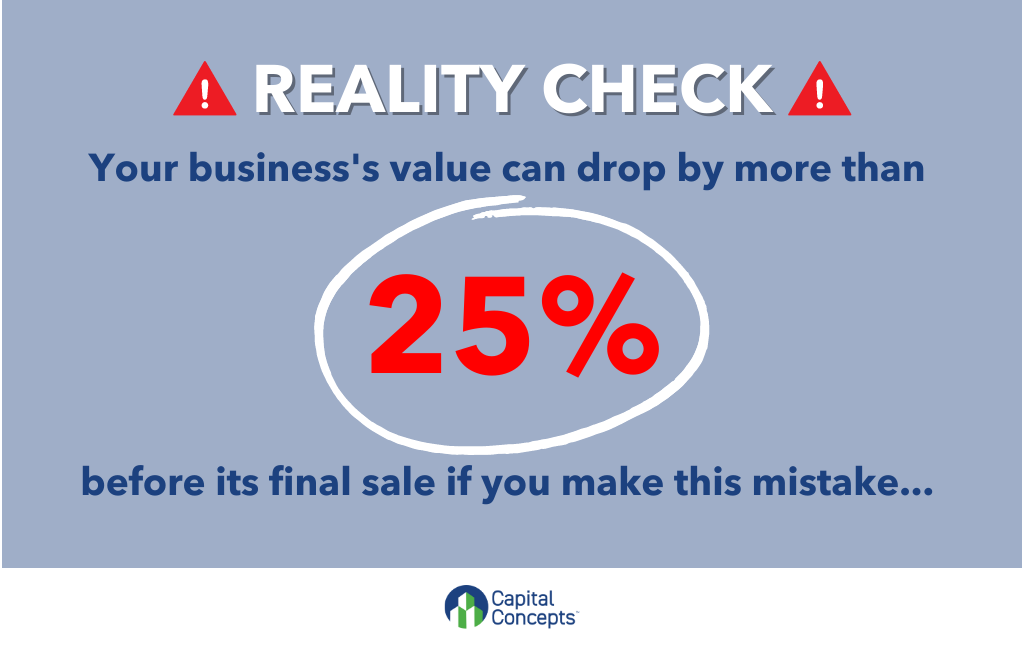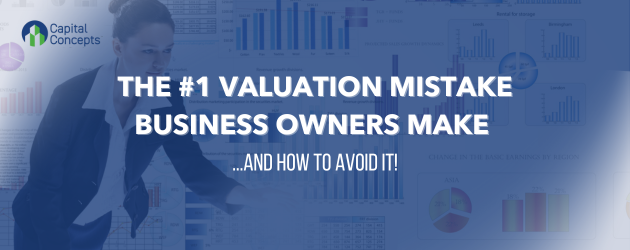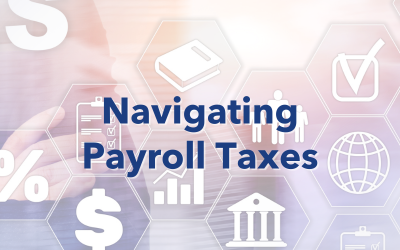You’ve been working on the sale of your business for months now. It’s finally closing day, and you enter the conference room with anticipation. All the work, not just to complete this sale but to build a business someone else actually wants to buy, is about to pay off. The sales agent opens her folder, pulls out a stack of neatly printed documents, and slides one out to show you.
“As you know, we did a final business valuation last week to determine the final sale price for the closing today. After reviewing all of your records, we have determined that the value decreased from our initial estimate a year ago. As a result, the sale price will be 25% lower than we originally planned.”
This is the single biggest valuation mistake owners make while exiting their businesses: they take their eyes off the ball and fail to maintain (or increase) the value of the business during the months-long sales process.
A Common (and Costly) Valuation Mistake
We’ve talked with hundreds of business owners over the years, and we’ve heard this story over and over. Business owners get distracted and lose focus on their business’s performance in the months between signing the term sheet on an offer to buy the company and the closing date. If they haven’t built the necessary infrastructure, systems, processes, and team to keep the business operating at full capacity, the business’s performance suffers.
The biggest mistake business owners make with their valuation is forgetting that the value will be reassessed just prior to closing the sale. At a minimum, they must maintain the company’s value through the entire sale process (ideally, this value increases!), or they risk a significantly lower sale price and personal profit. This could derail their future plans or require them to make major changes to have the resources they need for their next chapter.

How To Avoid Making the Biggest Business Valuation Mistake
Implement Standard Operating Procedures (and hold your team accountable for following them).
SOPs document repeatable processes that deliver predictable results – particularly revenues. These are essential process steps and activities for businesses to perform consistently regardless of the owner, executive team, or employees in various roles. Without them, you will find yourself tethered to the business’s operations to maintain its performance and therefore, its value. When managing a transition of ownership, you will not have the time needed to oversee operations at a granular level.
Delegate Day-to-Day Operations of the Business to Your Management Team.
As stated already, managing a business exit requires extensive time, energy, and focus. You will not have the bandwidth to manage the business and manage the sale process. Make sure your management team can run the business without you before you begin a transition, or both processes (the business’s performance and the sale) will suffer.
Demonstrating that the business operates well independently from you is an important measure of your management team’s capability. The incoming owner wants to see that it will continue to thrive after you exit.
Develop a Robust System of Business and Financial Controls.
Controls provide guard rails to keep the business going in the right direction, running efficiently, protected from potential risks and losses, and complying with regulations.
- Inefficiencies: A lack of controls can lead to inefficiencies in business operations. This can result in unnecessary costs, delays, and errors that reduce productivity and hinder growth. For example, without controls in place to manage inventory, your business may experience overstocking or stockouts, leading to lost sales and increased costs.
- Financial risks and irregularities: A thorough financial control system helps you maintain efficient cash flow management, eliminate instances of fraud, and foster accurate financial reporting. Embracing a robust system of financial controls not only equips your business to be more resilient in adverse conditions but also instills confidence among stakeholders and cultivates a culture of transparency and integrity.
- Compliance issues: Lack of controls can result in compliance issues with laws and regulations, such as data privacy, employment laws, and tax regulations. This can lead to fines and legal issues that can be costly and time-consuming to resolve. Noncompliance can also damage the business’s reputation, making it more challenging to attract customers and investors.
- Inability to scale: Without controls in place, it can be difficult for a business to scale its operations. As the business grows, the lack of controls can result in chaos and disorganization, hindering growth potential. Buyers may be hesitant to invest in a business that is unable to scale, making it more challenging to sell the business.
Write and Follow a Business and Financial Plan
As the leader of your business, one of your primary responsibilities is to look ahead and choose a direction. This is a proactive role involving creating plans, setting goals, and measuring progress. Drafting a business plan and a finance plan helps your business grow by equipping your team with the goals, opportunities, strategies, communication tools, and metrics needed to keep the business on track. These plans are roadmaps that allow you to hand off leadership to others in full confidence that the business will continue to grow without your daily attention.
Help to Avoid This Business Valuation Mistake
Once your business begins a sales or transition process, it will consume a significant portion of your time and attention. If you haven’t built the SOPs, leadership team, and controls needed to keep your business running without your daily involvement, it will stumble, and its performance may deteriorate. Your primary role during the transition is to keep your leadership team focused on the business’s performance and daily operations while you manage the transition. Taking your eyes off the ball is the biggest valuation mistake you can make.
If you’re wondering how to build a self-sufficient business and avoid this major mistake, we’re here to help. Read our full series about planning a successful exit. We also offer a complimentary half-hour consultation with a team member, where you can get a quick sense of who we are and we can learn a bit about you and your business. Request your consultation here:
Related Articles
Build & Beware: What it might cost you to sell your business
You Just Sold Your Business for Millions – So Why Isn’t That in Your Bank Account? The papers are signed. The deal is closed. After years of hard work, you’re ready to celebrate your big payday. But as you finalize accounts and tie up loose ends, you realize the...
Navigating Payroll Taxes
Tax deadlines are creeping up, demanding your attention and time. You’re still busy making sure things run smoothly day-to-day; filing business taxes can feel like the last complication you want to deal with.
If You Don’t Have a Leadership Transition Plan, Your Exit Could Fail
If you Don’t Have a Leadership Transition Plan, Your Exit Could Fail





0 Comments